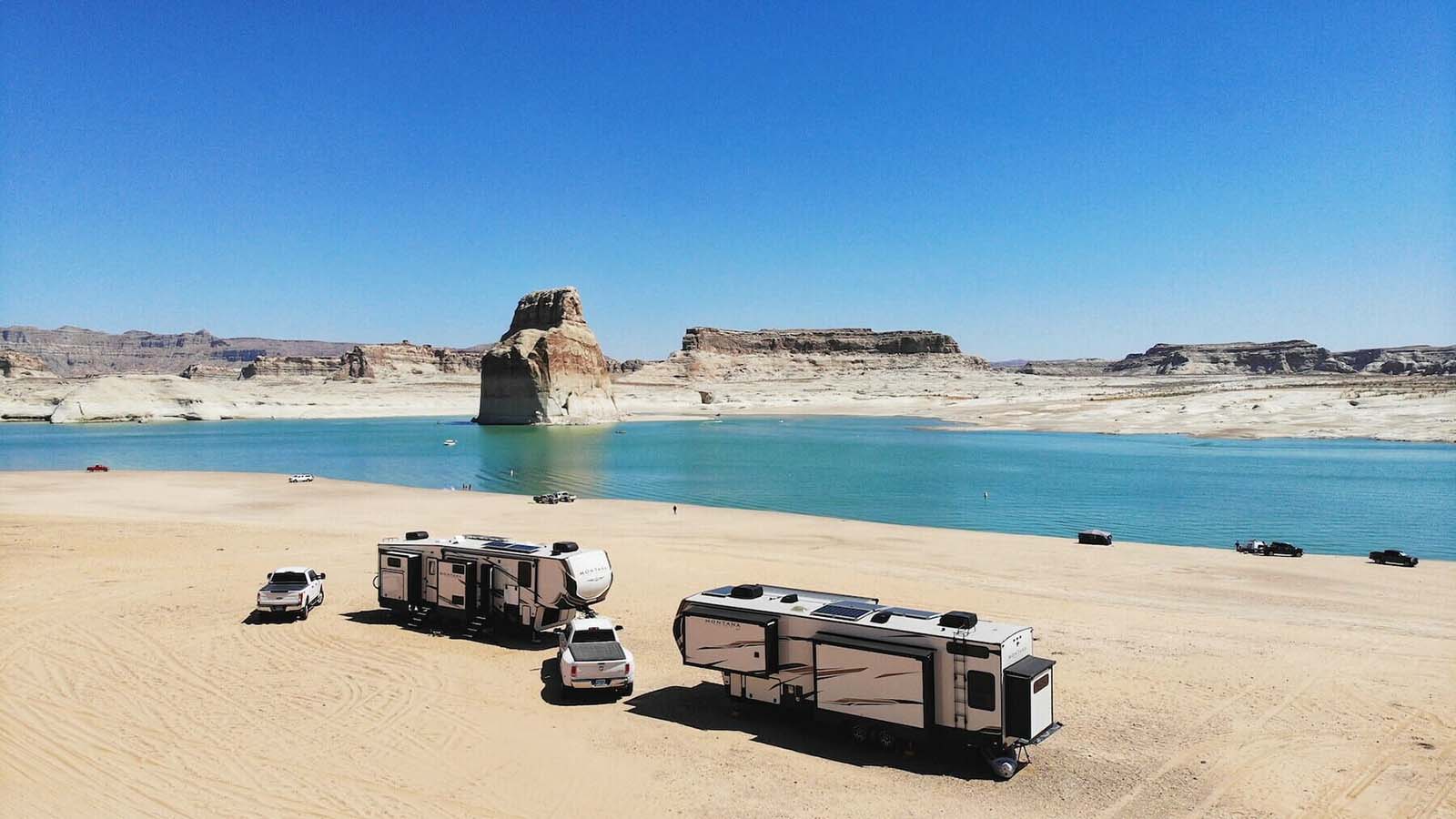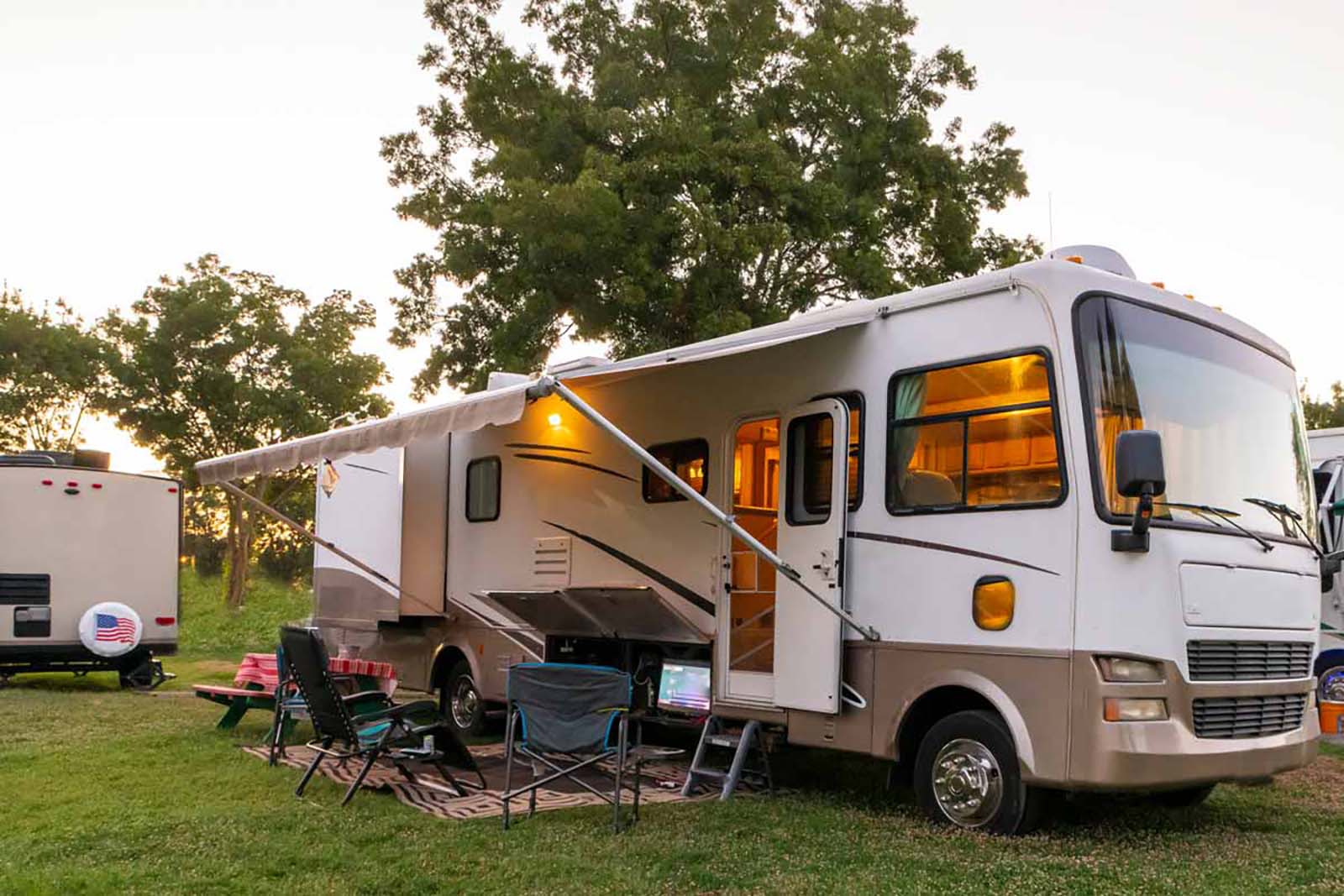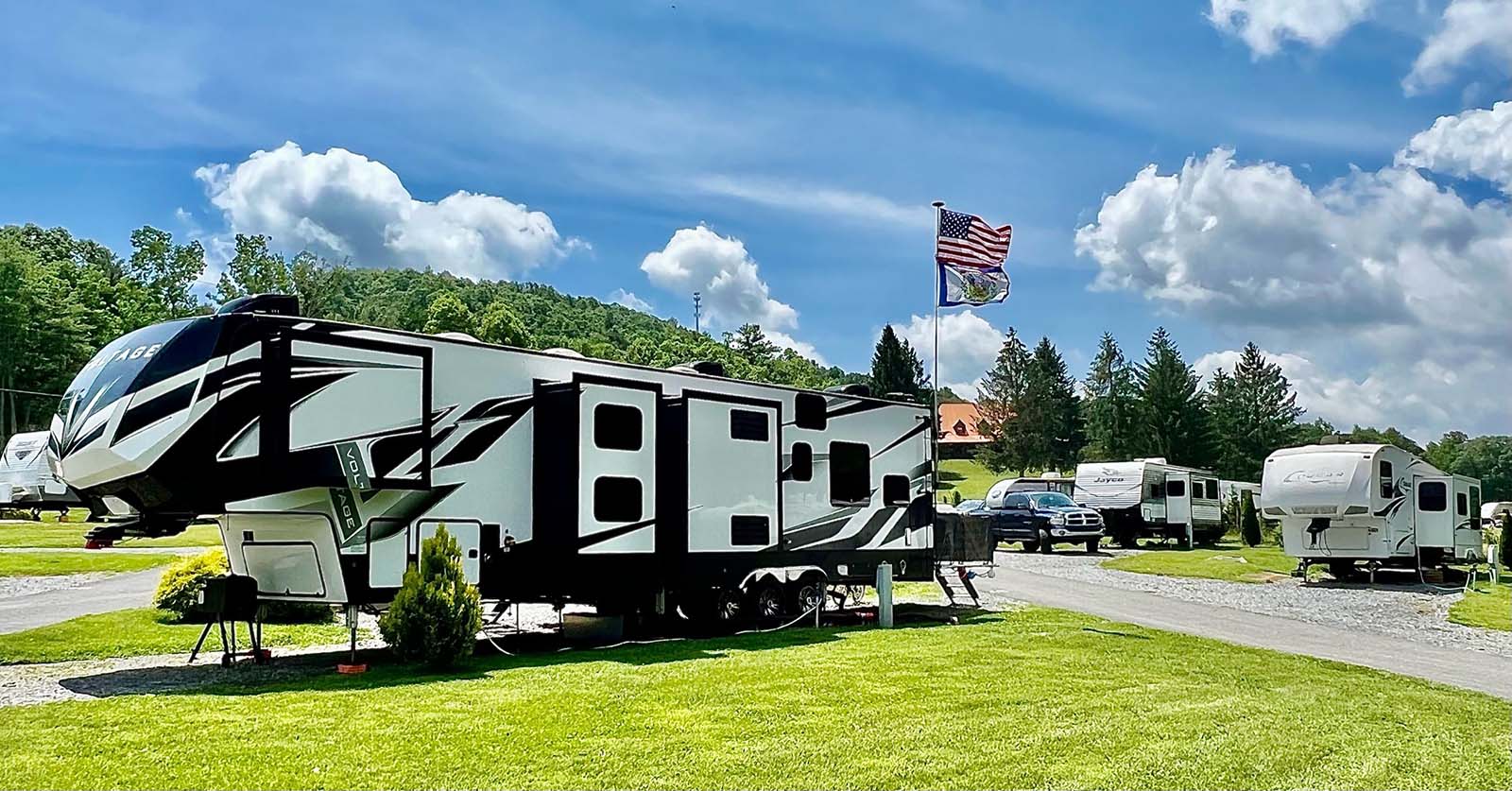Title: How to Efficiently Charge a Marine RV Battery: A Comprehensive Guide

Introduction: Charging a marine RV battery is essential to maintaining its longevity and ensuring uninterrupted power supply during your adventures on the open waters. This article presents a step-by-step guide on how to effectively charge a marine RV battery. Follow these guidelines to extend your battery life and enjoy worry-free recreational vehicle experiences.
H2: Gathering the Necessary Tools and Equipment
Before you embark on charging your marine RV battery, make sure you have the following tools and equipment readily available:

H3: 1. Battery Charger or Maintainer H3: 2. Safety Gloves and Goggles H3: 3. Battery Cleaning Supplies (Baking Soda, Water, and Brushes) H3: 4. Distilled Water H3: 5. Hydrometer or Battery Tester
H2: Battery Cleaning and Inspection
1. Clean the Battery Terminals: Using a mixture of baking soda and water, gently scrub the battery terminals and cables to remove any corrosion or build-up. Rinse with clean water and allow them to dry before reattaching.

2. Inspect the Battery: Carefully examine the battery for any signs of physical damage, leakage, or deterioration. Ensure that the vent caps are tightly sealed, and there is no excessive electrolyte loss. If you notice any severe damage, it might be time to replace the battery.
H2: Charging the Marine RV Battery
1. Determine Battery Type: Identify the type of marine RV battery you have – conventional lead-acid, absorbed glass mat (AGM), or gel cell. Charging methods vary based on the battery type, so consult the manufacturer’s guidelines for specific instructions.
2. Connect the Charger: Connect the battery charger or maintainer to the battery terminals following the manufacturer’s instructions. Ensure proper polarity (positive to positive, negative to negative) to avoid any damage.
3. Select the Charging Mode: Choose the appropriate charging mode on the charger based on the battery type. This setting ensures an optimal charging cycle tailored to your battery’s needs.
4. Initiate the Charging Process: Switch on the charger and allow it to charge the battery. Most modern chargers will automatically adjust the charging rate, preventing overcharging. Monitor the charging process periodically.
H2: Battery Testing and Maintenance Tips
1. Testing Battery State of Charge: Once the charging process is complete, use a hydrometer or battery tester to check the battery’s state of charge. Follow the instructions provided with the testing tool for accurate readings.
2. Distilled Water Refill (if applicable): If you own a conventional lead-acid battery, check the water level in each cell. If it is low, carefully add distilled water to reach the recommended level. Be cautious not to overfill.
H3: Conclusion
By following these steps, you can effectively charge your marine RV battery and ensure its longevity. Remember to always prioritize safety while handling electrically charged batteries and refer to the manufacturer’s guidelines for specific instructions. Regularly maintaining and charging your marine RV battery will provide you with worry-free adventures on the water. Enjoy your travels!

